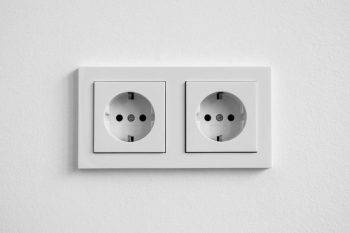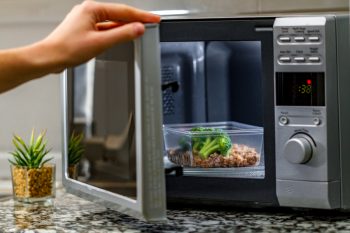
There’s nothing more frustrating than a power outlet that keeps tripping, interrupting your daily activities, and potentially damaging your electrical devices. If you’ve been wondering, “Why does my power outlet keep tripping?” you’ve come to the right place. In this comprehensive guide, we’ll explore the top reasons for this common issue and provide practical solutions to keep your electrical system running smoothly.
Your power outlet may keep tripping due to several reasons such as ground-fault occurrences, moisture in the receptacle box, an overloaded circuit, electrical faults, or a faulty GFCI outlet. It’s a safety mechanism designed to protect from potential hazards like fire or electrocution. If the problem persists, it’s advisable to consult a professional electrician.
Ground-Fault Occurrences
One of the most common causes of a tripping power outlet is a ground-fault occurrence. This happens when the hot wire or live wire comes into contact with the ground wire or the grounded area of an appliance. Ground Fault Circuit Interrupter (GFCI) outlets are designed to detect these occurrences and trip to prevent electrocution or fire hazards.
Moisture in the Receptacle Box
Water or moisture in the outlet can cause the GFCI to trip. This is common in areas prone to moisture, such as kitchens and bathrooms. Regularly checking these areas and ensuring they are dry can prevent unnecessary tripping.
Overloaded Circuit
An overloaded circuit occurs when too many devices are plugged into one circuit, drawing more current than the circuit is designed to handle. This can cause the circuit breaker to trip to protect the electrical system from damage. To avoid this, limit the number of devices plugged into a single circuit and distribute high-power devices across multiple circuits.
Electrical Fault
Short circuits or wiring issues can cause the breaker to trip. This can happen if wires are loose, damaged, or incorrectly connected. Regularly inspecting and maintaining your electrical system can help prevent these issues.
Faulty GFCI Outlet
A malfunctioning GFCI outlet can cause it to trip repeatedly, even when there is no apparent issue. In such cases, the outlet may need to be replaced.
The Dangers of a Tripping Power Outlet
A constantly tripping power outlet can pose several potential dangers, including overheating and fire risk, arcing, electrocution, and damage to appliances and electronics. Therefore, addressing the issue promptly is essential for safety and to prevent costly damage.
How to Correctly Reset a Tripped Power Outlet
Resetting a tripped power outlet involves unplugging all devices, pressing the “RESET” button on a GFCI outlet, or resetting the circuit breaker at the electrical panel. Always ensure the outlet is operational again by plugging a device back into it.
When to Call a Professional Electrician
If the outlet is constantly tripping, the walls, switches, or outlets feel hot, burn marks are located on or near outlets, or your appliances or electronics are not performing well, it’s time to call a professional electrician.
Conclusion
Understanding why your power outlet keeps tripping is the first step in resolving the issue. Regular inspections, proper use, and maintenance of your electrical system can prevent unnecessary trips and prolong the lifespan of your appliances. Always consult a professional electrician when in doubt to ensure safety and efficiency.
Frequently Asked Questions
What is a GFCI outlet?
A Ground Fault Circuit Interrupter (GFCI) outlet is a special type of electrical outlet designed to protect against electrical shock. It monitors the imbalance of current between the hot and neutral wires and trips the circuit if it detects an imbalance, indicating a ground fault.
How can I identify a GFCI outlet?
A GFCI outlet can be easily identified by the “TEST” and “RESET” buttons located on its face. Standard outlets do not have these buttons.
How often should I inspect my electrical system?
It’s recommended to inspect your electrical system at least once a year. However, if you notice any signs of electrical problems, such as frequent tripping, flickering lights, or burning smells, you should inspect it immediately.
Can I replace a faulty GFCI outlet myself?
While it’s possible to replace a GFCI outlet yourself, it’s recommended to hire a professional electrician, especially if you’re not experienced with electrical work. Incorrect installation can lead to electrical hazards.
How many devices can I plug into one circuit?
The number of devices you can plug into a single circuit depends on the total electrical load of the devices and the capacity of the circuit. As a general rule, a circuit should not be loaded to more than 80% of its capacity to prevent overloading.












